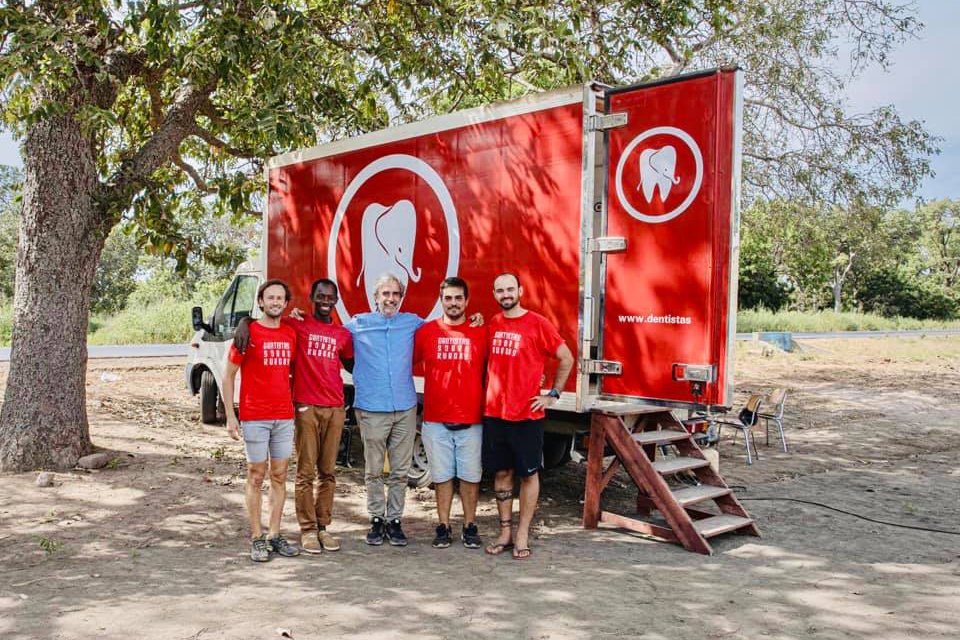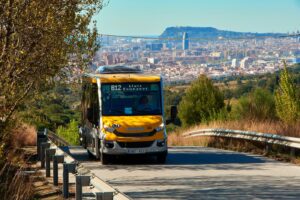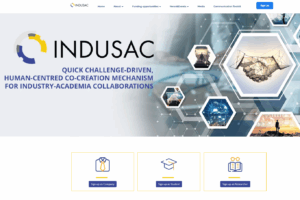
Hyperlieux Mobiles: a new concept in connected mobility for urban and regional development
February 1, 2020
New optical technologies for the needs of 5G applications
February 1, 202001/02/2020
The Communication Circuits and Systems Research Group (CIRCUIT) has developed a radio receiver to meet the increasing need to establish radiofrequency (RF) wireless data links that are low cost and have very low energy consumption. The consumption of the architectures that have been developed could reach values that are up to five times lower (or more) than standard superheterodyne architectures.


The new paradigm of sensor networks includes wireless connectivity between a potentially very high number of nodes and with extremely strict limits of available energy. In various situations, such as the use of wearables devices, certain medical applications that require numerous sensors distributed around the body, RF-ID identification, or the use of distributed sensors in smart cities, the consumption and cost can be reduced by intrinsically simple architectures such as that developed.
The results of this project have led to a patent.
Technology
Topic
You want to know more?
Related Projects
- A research team from the inLab FIB at the Universitat Politècnica de Catalunya - BarcelonaTech (UPC), together with the Asociación de Personas con Movilidad Reducida (AsoPMR), has taken part in the Spot4Dis project to enhance the mobility and autonomy of people with reduced mobility.
- The Barcelona Innovative Transportation (BIT), the Research Center in Automotive and Advanced Mobility (CER-AMA) and The Future Mobility Research Hub (CARNET) research groups from the Universitat Politècnica de Catalunya - BarcelonaTech (UPC) are participating in the E-MED project, which aims to optimise energy and resource efficiency in public transport systems by addressing energy price fluctuations through smart and participatory solutions across the Mediterranean region.
- The company Friselva S.A., Corporació Alimentària Guissona (bonÀrea), together with the Food Service Cluster and inLab FIB at the Universitat Politècnica de Catalunya - BarcelonaTech (UPC), are participating in the Hydroless project, which aims to optimise water consumption in meat production plants. The project includes an innovative solution to monitor and optimise water use at bonÀrea’s plant in Guissona, as well as the design and development of a digital twin of Friselva’s facilities in Riudellots de la Selva.
- The EU-funded Quick Challenge-Driven, Human-Centred Co-Creation Mechanism for INDUStry-Academia Collaborations (INDUSAC) project has successfully developed and validated a new, human-centred, challenge-driven co-creation mechanism that connects industry with academia across Europe. Over three years of implementation, the project has supported international teams of students and researchers in tackling innovation needs directly submitted by companies. The INDUSAC project has created a dynamic community of industry-academia stakeholders focused on circularity, general sustainability, digitalisation and industry 4.0.




